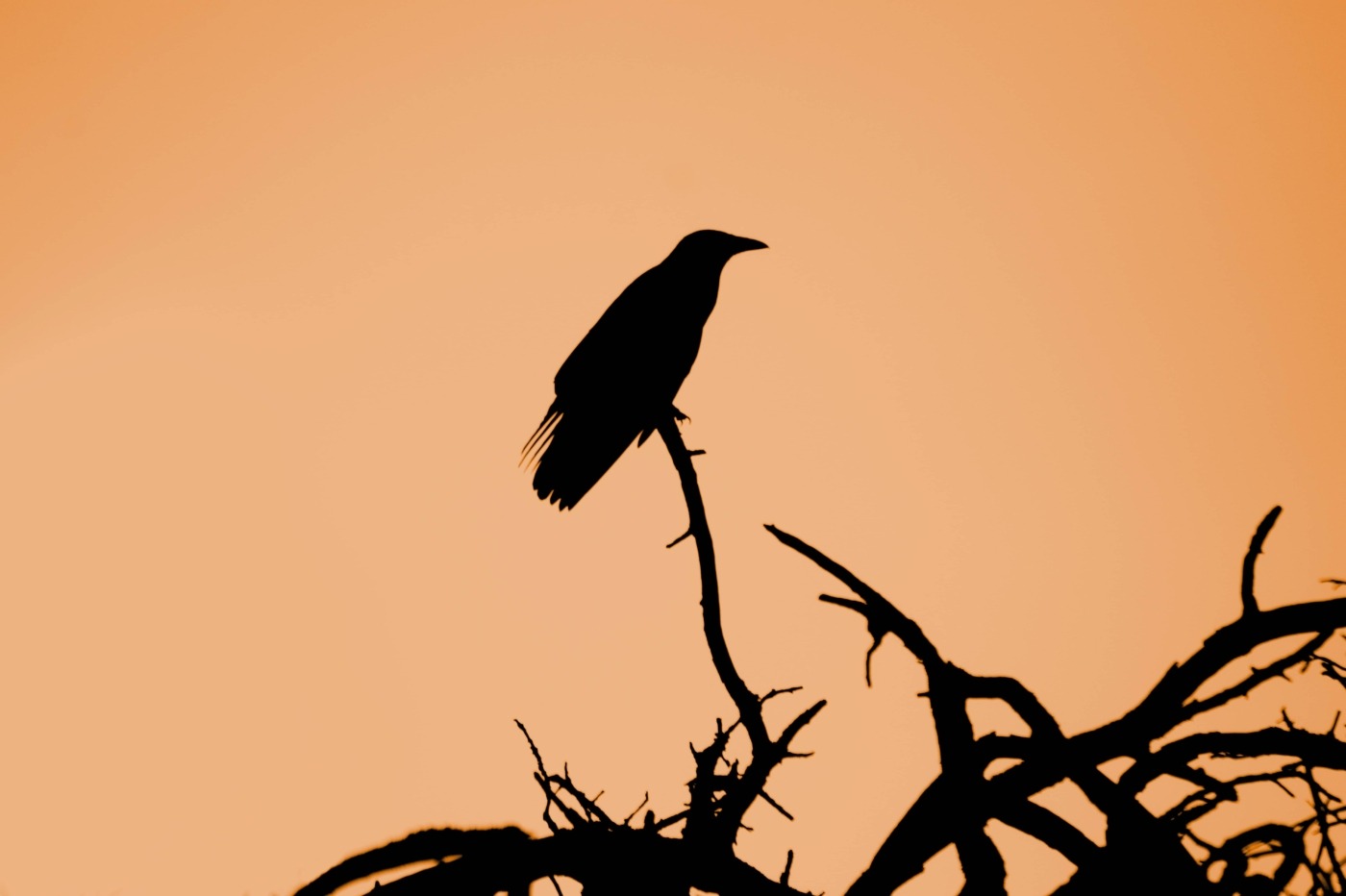‘Grief is the Thing With Feathers’ was the perfect book to close 2020
Although released in 2016, Grief Is the Thing With Feathers felt like the perfect book to close 2020 to me. The book follows the life of a young family after the sudden passing of their mother; we see the father’s intense suffering and descent into slight madness, and the sons’ navigation of their unexpected maternal loss, as well as the arrival of a strange but supportive figure in the body of a crow. The book is disjointed and abstract, mostly nonsensical but with moments of clarity; really, upon reflection, much like 2020 was for many of us. It is short and in many places difficult to understand but full of meaning and love and fun and childlike magic. Author Max Porter’s focus was on grief – its intensity, complexity and longevity – but the underlying message is applicable on a much broader level: that we must all appreciate the life we have.
We get to see how different stories are experienced and told, manipulated, remembered and misremembered
While initially the language is confusing and storyline disjointed, Grief Is the Thing With Feathers is a poignant observation on love and art, family and pain, passion and bereavement. The novella is a beautiful, moving piece of poetry, insightful essay, memoir, and so much more. It is a story about the wonders of storytelling. The thing that made it such a distinguishable read for me was Porter’s mastery of both form and language. The ability to combine so many writing styles seamlessly into one cohesive piece of work requires a strong creative vision, one which is seldom mastered in less than 100 pages. This is but one of many factors which made the reading experience of this so poignant for me. To have written in pure prose would not have paid the articulations of grief justice. It would be an inappropriate vehicle to convey a state as emotionally fraught and chaotic as grief.
On top of the changing forms, our narrating voice switches between Dad, The Boys and The Crow as time passes. Each party learns about themselves, experiences more in the world, establishing a stronger sense of self, independent of their late mother/wife. We get to see how different stories are experienced and told, manipulated, remembered and misremembered.
At its core, it is a beautiful piece of writing, a love letter to the hybrid form and a charming love story
Porter uses the Crow to personify the grief that moves into the flat following the mother’s death. ‘Crow’ is symbolic, an intellectual decision-making reference to Ted Hughes’ Crow on the Couch: A Wild Analysis, but it is also silly. Much like the nonsensical language in some passages, the crow is childlike and funny, tying into the overarching message that life is short, and we need to remain childlike to enjoy it.
The crow adds comic relief to the heavy topics of death, loss and grief. It provides a stark contrast to the high intellectualism dispersed throughout, with references to Hughes, Dickinson and more. Crow takes the weight off the reading experience, in the same way that he relieves the weight of loss from the family. The book is jam-packed with metaphor and literary reference; however, it’s so masterfully constructed that there’s no need to have an academic understanding of these features.
At its core, it is a beautiful piece of writing, a love letter to the hybrid form and a charming love story. Yet, its strength lies in all the hidden meanings that Porter squeezes into 97 pages, and that one could spend hours unpacking. This book came as a reminder to remain positive in trying times, and I know it is a book I will pick up repeatedly throughout my life.

Comments